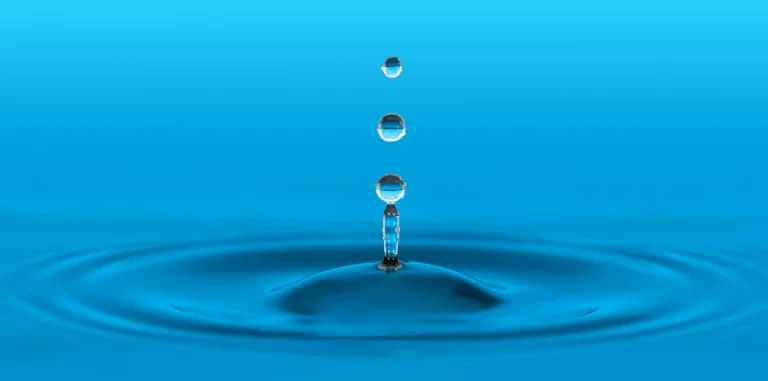Pure Water Window Cleaning:
An Overview and Comparison with Traditional Window Cleaning Methods
Pure water window cleaning, also known as water-fed pole (WFP) cleaning, is a modern technique that uses purified water to clean windows and other exterior surfaces. Unlike traditional methods, it relies on water that has been filtered to remove minerals, sediments, and impurities, resulting in “pure” water with a Total Dissolved Solids (TDS) level of 0 or close to it. This purified water is delivered through lightweight, telescopic poles equipped with soft-bristle brushes, allowing cleaners to scrub and rinse windows from the ground, Magic Windows can reach up to 3 storeys. The absence of minerals in the water ensures a streak free, spotless finish as it dries naturally, eliminating the need for detergents or manual drying.
The use of pure water for window cleaning began gaining traction in the 1990s, particularly in the United Kingdom, as a response to stricter safety regulations, such as those from the Health and Safety Executive, which discouraged working at height due to ladder-related risks. While the exact origin is unclear, the technology likely adapted water purification methods, such as reverse osmosis (RO) and deionization (DI), from other industries like car washing or manufacturing. By the early 2000s, WFP systems had become a standard for commercial window cleaning, driven by their safety and efficiency, and their use has since expanded to residential and other exterior cleaning applications, including solar panels and cladding.
Traditional window cleaning, often called the “mop and squeegee” method, involves applying soapy water or a cleaning solution to a window using a scrubber, then removing the solution with a squeegee and finishing with a microfiber cloth or chamois for a polished look. This method requires ladders or scaffolding for higher windows, buckets, and multiple tools, making it labour intensive and riskier, especially for multi-story buildings. Mastering traditional techniques also demands significant skill and practice to avoid streaks or missed spots, particularly in hot climates where solutions can dry quickly.
In contrast, pure water WFP cleaning offers several advantages. It is safer, as cleaners remain on the ground, reducing the risk of falls, which have historically been a leading cause of injuries in the industry. It is also faster, often cutting cleaning time by up to 60%, as the pole system allows simultaneous cleaning of windows, frames, and sills. The lack of detergents makes it environmentally friendly, avoiding chemical runoff that could harm plants or soil. Additionally, pure water’s ionic properties attract and remove dirt more effectively, leaving windows cleaner for longer by eliminating residual soap that attracts dust.
Traditional methods, while slower and riskier, remain preferred for interior cleaning or in tight spaces where poles are impractical. They also allow for a more hands-on approach, which some cleaners and customers value for precision, especially on ground-level windows.
In conclusion, pure water window cleaning, popularized in the 1990s, has revolutionized the industry with its safety, efficiency, and eco-friendly benefits. While it excels in commercial settings and high-access jobs, traditional methods still hold value for specific scenarios. The choice between the two depends on the job’s requirements, budget, and access constraints, with many professionals using both as complementary tools to achieve optimal results.

